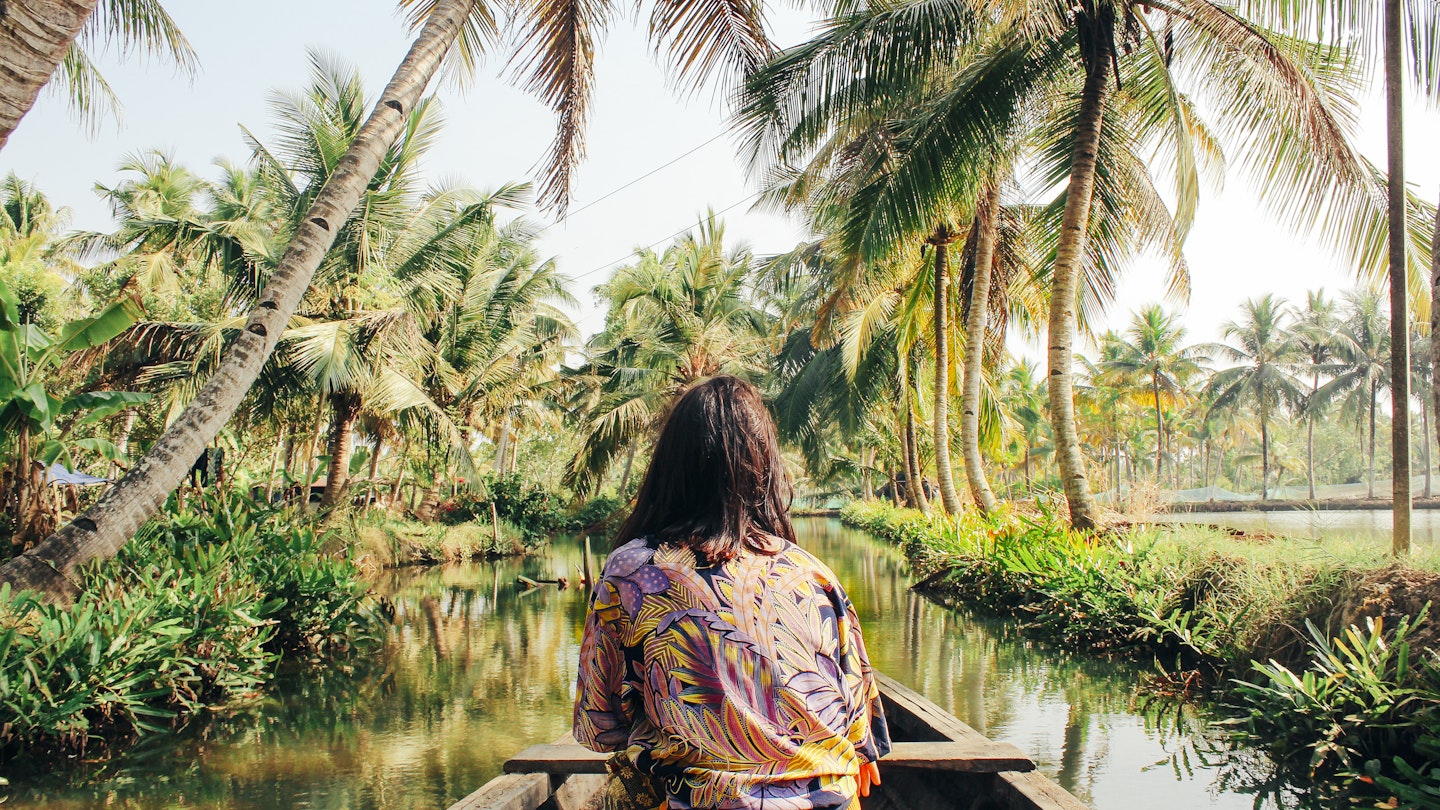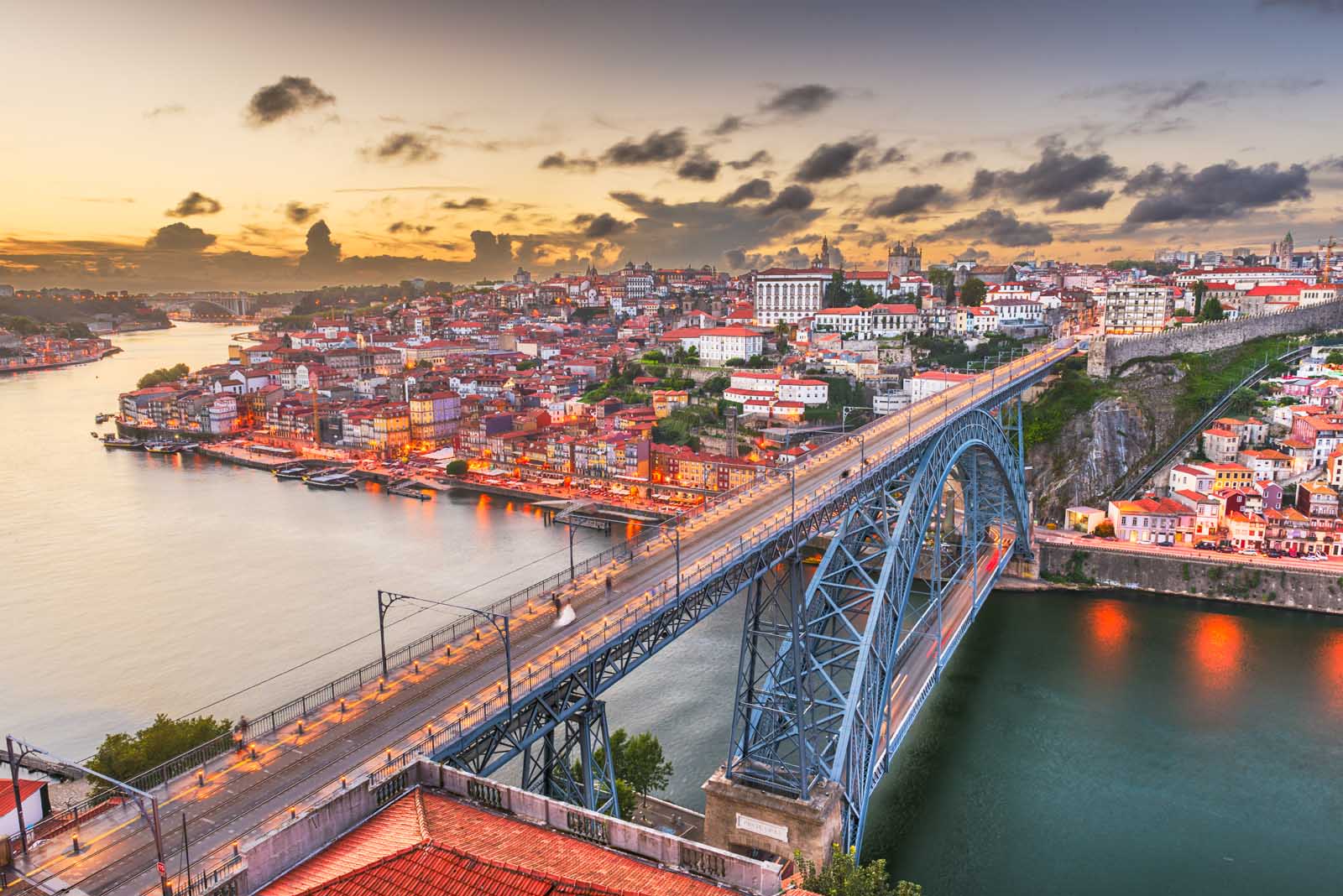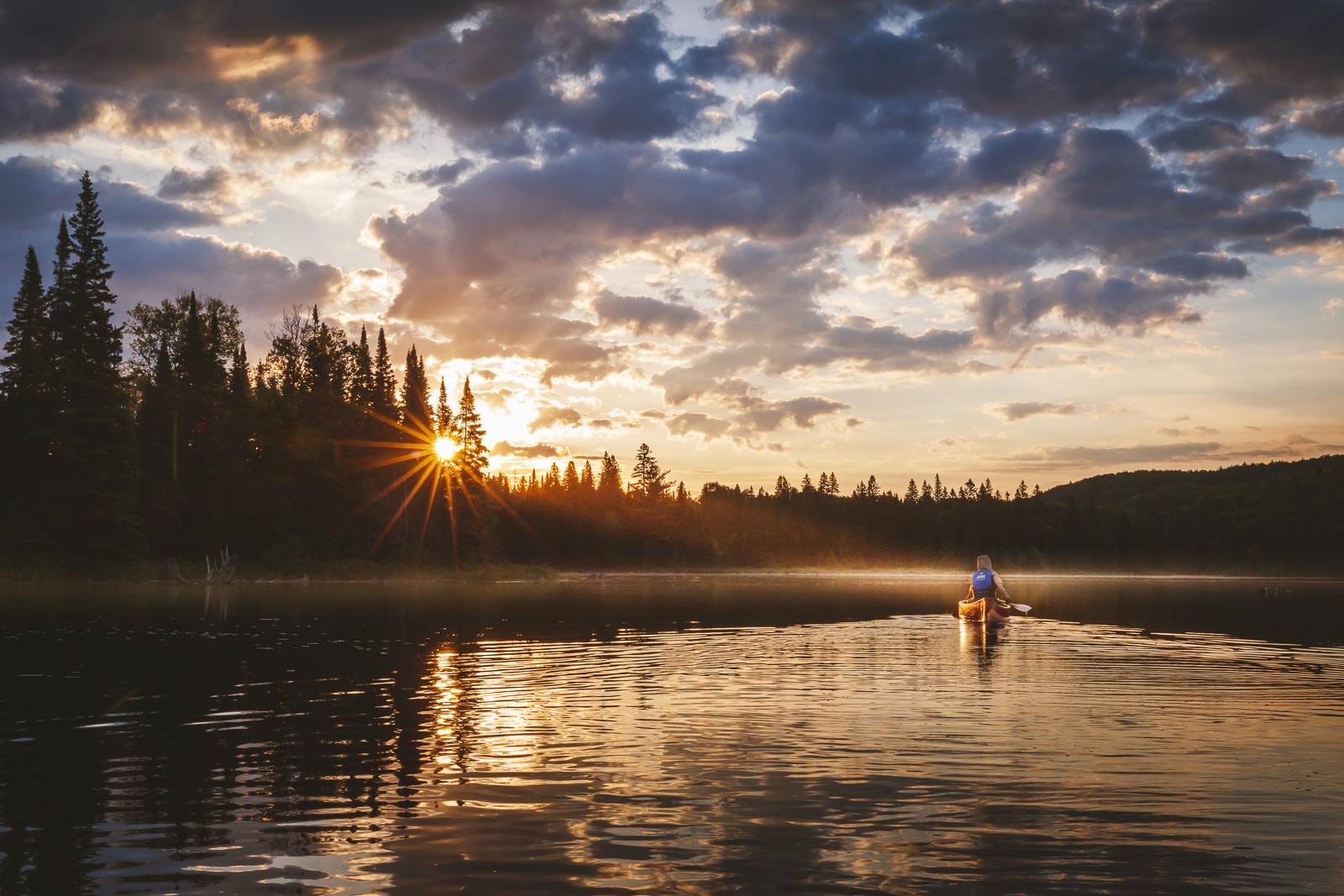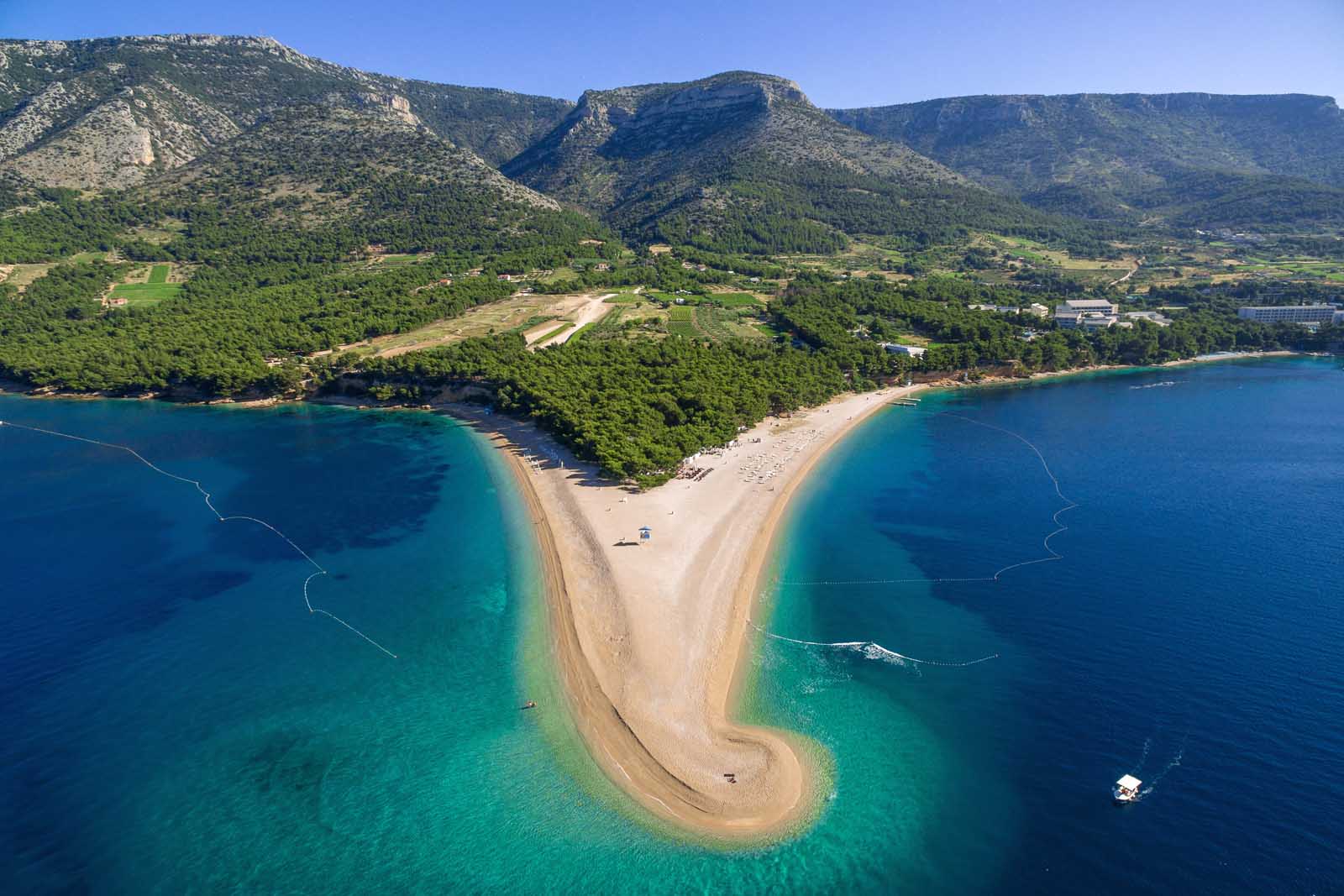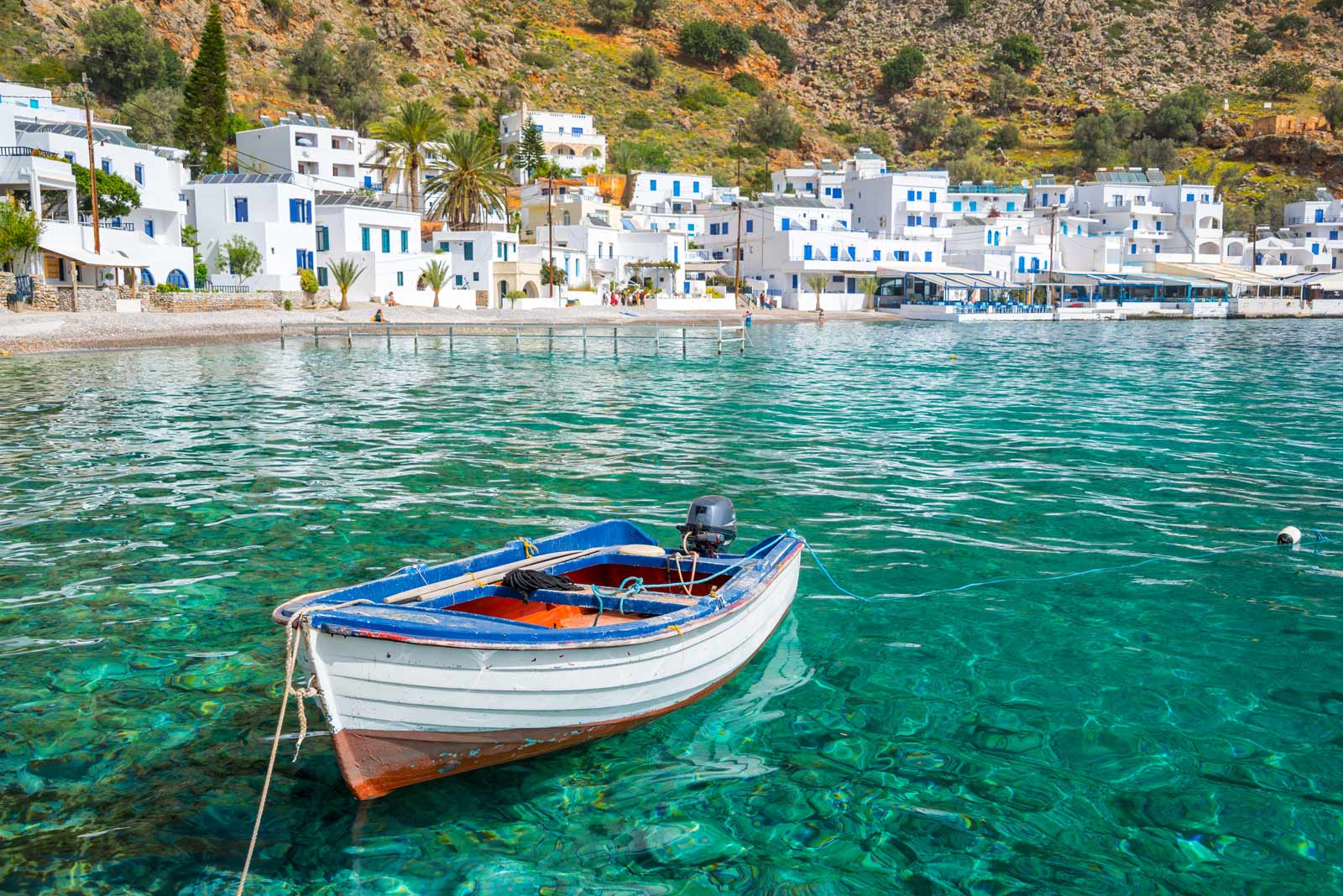Wetlands are among the most biologically diverse ecosystems on the planet. As well as being a refuge for wildlife, they provide food – including rice, a culinary staple worldwide – and fuel, as well as filtering water and acting as storm buffers.
In the last century, the world lost about half its wetlands due to drainage for agriculture or construction. Over-fishing, poaching, and pollution from increasing human populations also pose a threat.
However, local communities are finding ways to protect these fragile environments through sustainable management – and by making responsible choices, travelers who want to enjoy them can play a part in safeguarding them.
The Pantanal, Brazil
The world’s largest wetland covers more than 70,000 square miles, most of it in Brazil’s Mato Grosso do Sul state and spilling over into neighboring Bolivia and Paraguay. This patchwork of lakes, lagoons, rivers and marshes brims with tropical flora and fauna, including rare and elusive jaguars, giant river otters, marsh deer, and hyacinth macaws. It’s one of the world’s best-preserved wetlands, even though less than two percent of it is officially protected and the rest is privately owned. Caiman Lodge was the first ecotourism operation in the southern Pantanal and it’s now the base of the groundbreaking Onçafari Jaguar Project.
When to go: The dry season, May to October, is best for mammal spotting. During the wet season, roads can become impassable.
Everglades, USA
North America’s most extensive flooded grassland, the Everglades National Park covers 2400 square miles of south Florida. Most of the park is only accessible by boat and you can take tours through the mangroves from Flamingo and the Gulf Coast. Experienced canoeists can spend a week on the 99-mile Wilderness Waterway, and rangers lead shorter canoe, kayaking, and biking tours. Want to get your feet wet? Go off-trail hiking, known as slough slogging, to get up close to wading birds, turtles, even alligators. There are drive-in campsites at Long Pine Key and Flamingo, and more basic ones inside the park.
When to go: The dry season runs from December to May but June to November is quieter.
The Camargue, France
On the wild southeast coast of France, between Languedoc-Roussillon and Provence where the Rhônes River meets the sea, the 360 square miles of the Camargue is made up of saltwater lakes and marshland, and rich in wildlife and folklore. It’s a nesting ground for pink flamingos, and famous for two unique animal breeds: Camargue bulls and semi-wild white horses that have roamed the wetlands for thousands of years. The ornithological park north of Saintes-Maries-de-la-Mer is a good place to find flamingos, egrets and herons. There are also stables where you can ride, and accommodation to suit all budgets.
When to go: Spring and autumn, when the wetlands are visited by hundreds of thousands of migratory birds.
Okavango Delta, Botswana
One of the world’s largest inland deltas, the Okavango Delta starts in Angola’s western highlands and ends in Botswana, where it fans out into a maze of channels, lagoons, and islands, covering 22,000 square miles in wetter years. A third of it lies within the Moremi Game Reserve, while the rest is divided into private concessions. The delta attracts a vast array of animals including elephants and lions. One of the best ways to experience it is from a low-slung mokoro, a traditional dugout canoe.
When to go: June to October during the height of the flooding.
Walthamstow Wetlands, UK
Europe’s largest urban wetland lies just 15 minutes from central London. After a £10.6 million regeneration project, Walthamstow Wetlands opened to the general public for the first time in 150 years in October 2017. Owned by Thames Water, the 10 reservoirs here supply 3.5 million households, but they’re also a haven for water birds like gadwall and shoveler, a stopover for migrating birds such as lapwings and sandpipers, and a breeding ground for kingfishers. The site boasts 13 miles of footpath and cycle track, a visitor center, and cafe with a unique tower that houses nesting swifts and roosting bats, and a viewing platform atop the Grade II-listed Coppermill Tower with views over London.
When to go: Year-round, seven days a week. And it’s free.
Kakadu, Australia
One of the best-known landmarks of the vast Kakadu National Park in Australia’s Northern Territory is the Yellow Water Billabong. Part of the South Alligator River floodplain, this wetland is one of the best places to see the country’s wildlife in its natural habitat. Take a short Yellow Water Cruise departing daily from Jabiru to spot saltwater crocodiles, sea eagles, whistling ducks, and buffalo. The dry season between June and August is the best time to visit.
Danube Delta, Romania
Europe’s second-largest delta is created by the mighty River Danube, which flows almost 1800 miles from Germany’s Black Forest to Romania, where it empties into the Black Sea. The delta’s 2200 square miles host around 300 species of endemic and migratory birds, including white pelicans, pygmy cormorants, and red-breasted geese. More than 3400 animal species can also be found here, as well as 1700 plant species. The best way to experience the delta is by boat, whether on a passenger ferry, an organized excursion, or by hiring your own canoe.
When to go: Spring and autumn are the best times to visit, as summers can be hot and humid.
Bangweulu Wetlands, Zambia
Dominated by grassy floodplains, Bangweulu – meaning ‘where the water meets the sky’ – is a community-owned protected wetland in northeastern Zambia, home to species such as the endangered black lechwe, a water-loving antelope. However, its main attraction is the prolific birdlife: more than 430 species including geese, pelicans, spoonbills, storks, herons, ibises, and cranes. Star billing goes to the iconic shoebill – a huge, prehistoric-looking bird with a striking similarity to a dodo – and Bangweulu is one of its last remaining breeding sites.
When to go: Birdlife is at its peak from February to April and sightings can be made by boat; from May to July it’s possible to drive.
This article was first published Feb 15, 2018 and updated Jan 25, 2022.
